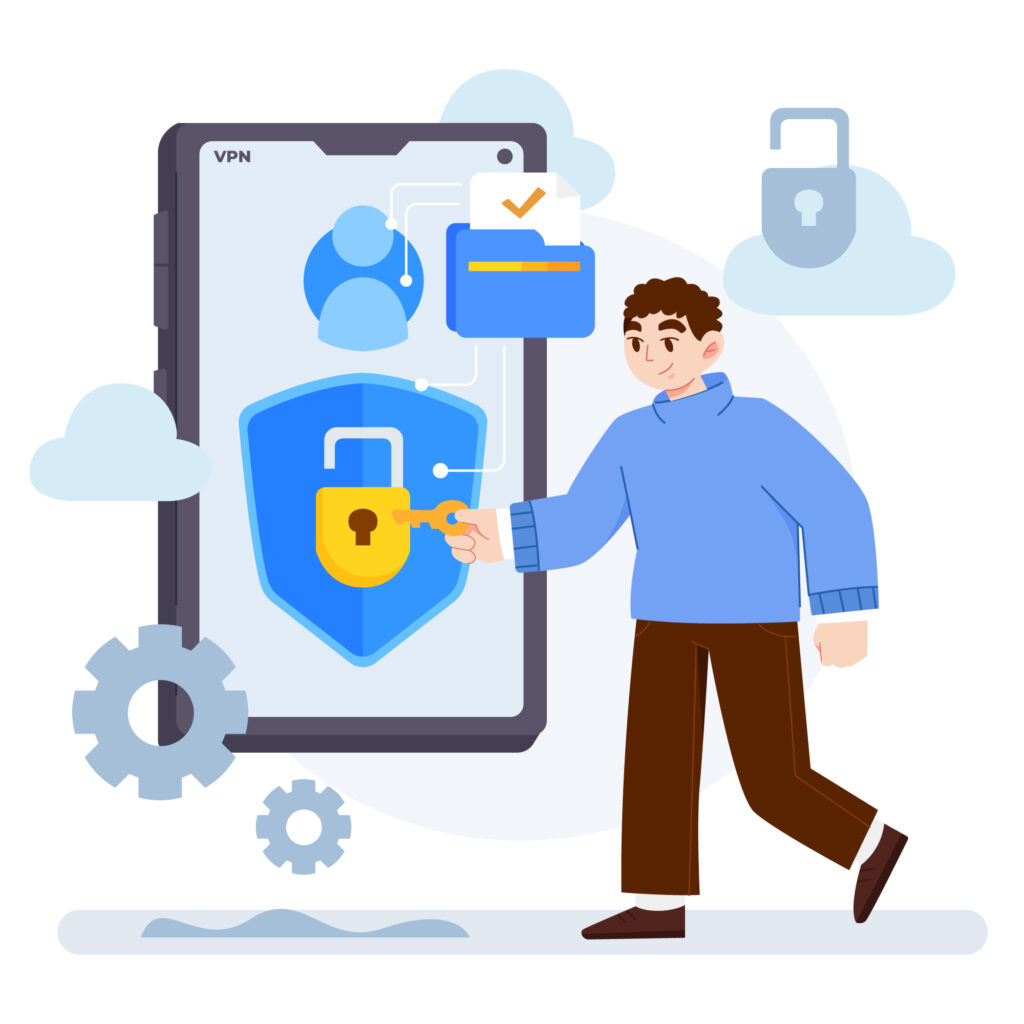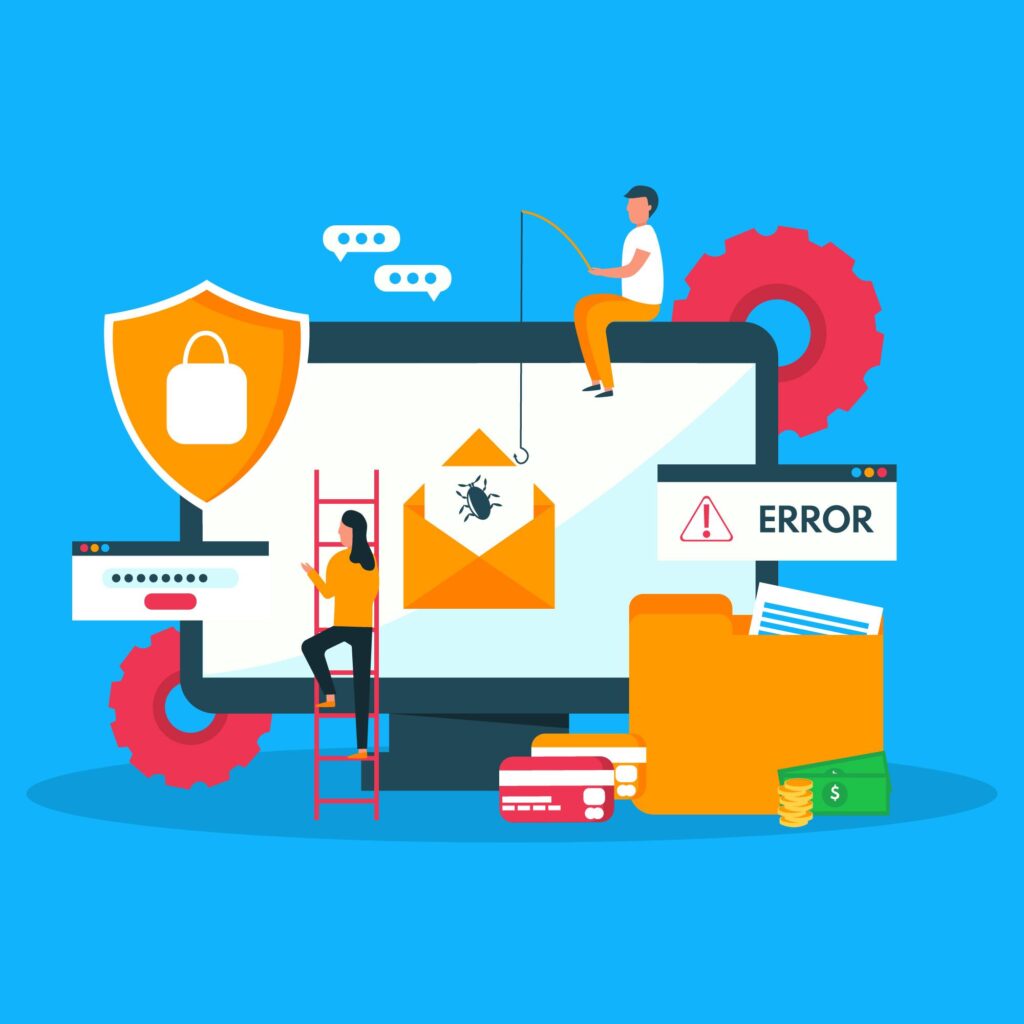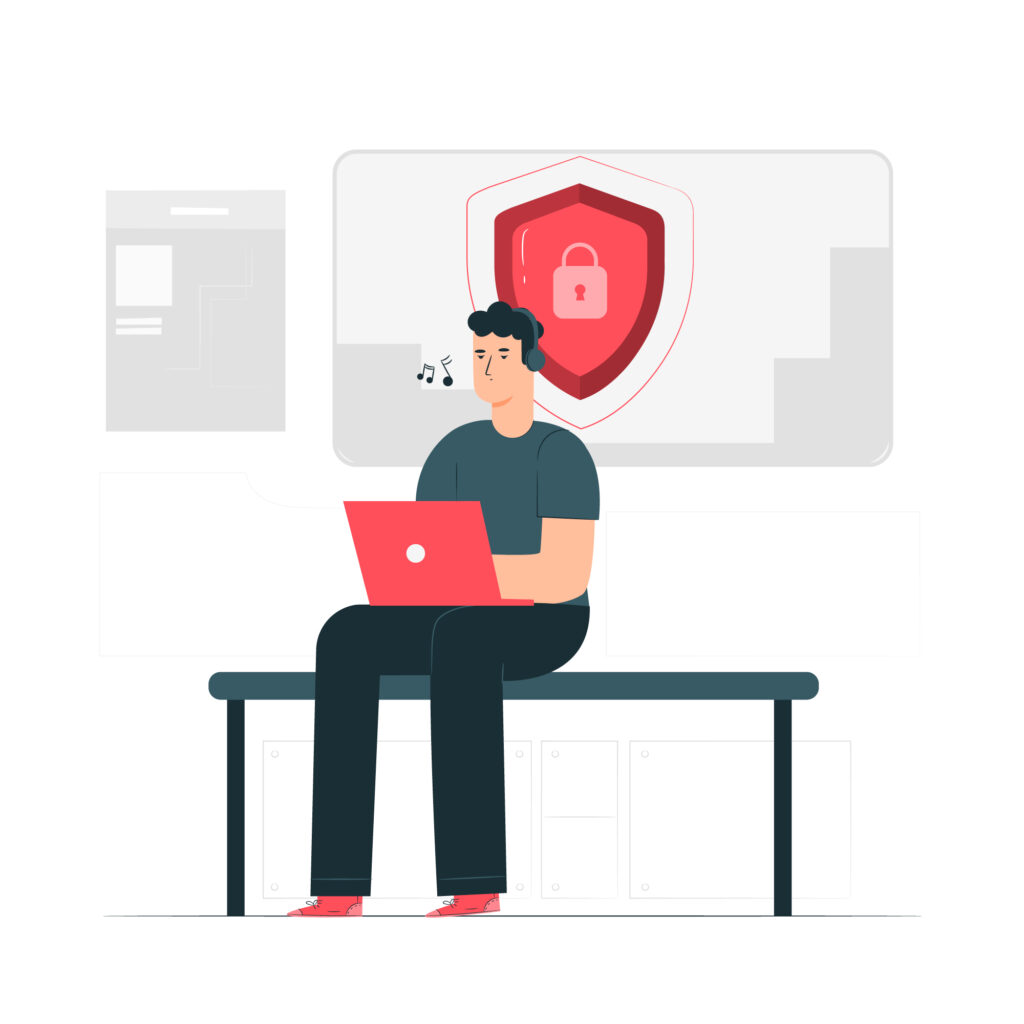 By: John Abhilash / August 14, 2024
By: John Abhilash / August 14, 2024
In today’s digital landscape, where cyber threats are constantly evolving, implementing a robust secure coding practices checklist is more crucial than ever. As developers, we have a responsibility to ensure that the software we create is not only functional but also resilient against potential attacks. This blog post will explore the essential elements of a secure coding practices checklist and provide practical tips for integrating these practices into your development workflow.
Understanding the Importance of Secure Coding Practices
Before we dive into the specifics of our secure coding practices checklist, let’s consider why it’s so vital. In recent years, we’ve seen numerous high-profile data breaches and security incidents that have affected millions of users worldwide. For instance, the Equifax breach in 2017 exposed sensitive information of nearly 150 million Americans, largely due to a failure to patch a known vulnerability. This incident serves as a stark reminder of the importance of following a comprehensive secure coding practices checklist.
Key Elements of a Secure Coding Practices Checklist
1.Input Validation:
One of the first items on any secure coding practices checklist should be input validation. This practice involves verifying that all data entering your application is safe and adheres to expected formats. Here’s a simple example in Python:
python
def validate_username(username):
if len(username) < 3 or len(username) > 20:
return False
if not username.isalnum():
return False
return True
2.Output Encoding:
Output encoding is another crucial element of our secure coding practices checklist. It helps prevent cross-site scripting (XSS) attacks by ensuring that user-supplied data is properly encoded before being displayed. Here’s a basic example using Python’s html module:
python
import html
def display_user_input(user_input):
return html.escape(user_input)
3.Authentication and Password Management:
Implementing strong authentication mechanisms is a key part of any secure coding practices checklist. This includes using secure password hashing algorithms and enforcing password complexity requirements. Here’s an example using Python’s bcrypt library:
python
import bcrypt
def hash_password(password):
salt = bcrypt.gensalt()
hashed = bcrypt.hashpw(password.encode(‘utf-8’), salt)
return hashed
4.Session Management:
Proper session management is another critical item on our secure coding practices checklist. This involves generating secure session IDs, implementing proper timeout mechanisms, and ensuring that session data is stored securely. Here’s a basic example using Flask:
python
from flask import Flask, session
import os
app = Flask(__name__)
app.secret_key = os.urandom(24)
@app.route(‘/’)
def index():
if ‘user_id’ not in session:
session[‘user_id’] = generate_secure_id()
return ‘Hello, World!’
5.Access Control:
Implementing proper access control measures is a fundamental part of any secure coding practices checklist. This involves ensuring that users can only access resources they’re authorized to use. Here’s a simple example of role-based access control:
python
def check_access(user, resource):
if user.role == ‘admin’:
return True
if user.role == ‘user’ and resource.public:
return True
return False
6.Cryptographic Practices:
Using strong cryptographic algorithms and properly managing keys are essential elements of a secure coding practices checklist. Here’s an example of encrypting sensitive data using Python’s cryptography library:
python
from cryptography.fernet import Fernet
def encrypt_data(data):
key = Fernet.generate_key()
f = Fernet(key)
encrypted_data = f.encrypt(data.encode())
return key, encrypted_data
7.Error Handling and Logging:
Proper error handling and logging are often overlooked but are crucial components of a secure coding practices checklist. They help prevent information leakage and assist in detecting and responding to security incidents. Here’s a basic example:
python
import logging
logging.basicConfig(filename=‘app.log’, level=logging.ERROR)
def divide(a, b):
try:
result = a / b
except ZeroDivisionError:
logging.error(‘Attempted division by zero’)
return None
return result
8.Data Protection:
Protecting sensitive data, both in transit and at rest, is a key aspect of any secure coding practices checklist. This involves using encryption for data storage and secure protocols for data transmission. Here’s an example of using HTTPS in a Flask application:
python
from flask import Flask
from OpenSSL import SSL
app = Flask(__name__)
@app.route(‘/’)
def index():
return ‘Hello, World!’
if __name__ == ‘__main__’:
context = SSL.Context(SSL.TLSv1_2_METHOD)
context.use_privatekey_file(‘server.key’)
context.use_certificate_file(‘server.crt’)
app.run(ssl_context=context)
9.System Configuration:
Properly configuring your development and production environments is an often-overlooked item on the secure coding practices checklist. This includes keeping software up-to-date, closing unnecessary ports, and following the principle of least privilege. While this doesn’t involve direct coding, it’s crucial for overall security.
10.Database Security:
Implementing database security measures is another critical component of our secure coding practices checklist. This includes using parameterized queries to prevent SQL injection attacks. Here’s an example using Python’s sqlite3 module:
python
import sqlite3
def get_user(username):
conn = sqlite3.connect(‘users.db’)
cursor = conn.cursor()
cursor.execute(“SELECT * FROM users WHERE username = ?”, (username,))
return cursor.fetchone()
Real-World Application of Secure Coding Practices
To illustrate the importance of following a secure coding practices checklist, let’s consider a real-world example. In 2018, British Airways suffered a data breach that affected around 380,000 transactions. The attackers injected malicious code into the company’s website, which could have been prevented by implementing proper input validation and output encoding practices from our secure coding practices checklist.
Source link : British Airways Case Study
Tools to Support Your Secure Coding Practices Checklist
Implementing a secure coding practices checklist can be made easier with the right tools. Here are some popular options:
Static Application Security Testing (SAST) tools like SonarQube or Checkmarx
Dynamic Application Security Testing (DAST) tools like OWASP ZAP or Burp Suite
Software Composition Analysis (SCA) tools like Snyk or WhiteSource
Interactive Application Security Testing (IAST) tools like Contrast Security
These tools can help automate many aspects of your secure coding practices checklist, making it easier to catch potential vulnerabilities early in the development process.
Integrating Secure Coding Practices into Your Development Workflow
To truly benefit from a secure coding practices checklist, it needs to be integrated into your daily development workflow. Here are some tips:
Make security a part of your code review process
Include security testing in your CI/CD pipeline
Conduct regular security training for your development team
Use threat modeling to identify potential vulnerabilities early in the design phase
Regularly update and refine your secure coding practices checklist based on new threats and best practices
Enhancing Security with Advanced ASPM Solutions
As we’ve seen from the various intrusion detection system examples and future trends discussed, the complexity of cybersecurity continues to grow. To address these challenges, organizations are turning to more comprehensive solutions. Guardian, an innovative Application Security Posture Management (ASPM) solution, offers a powerful approach to managing security in this evolving landscape. By collating data from various scans and security tools, Guardian significantly reduces noise and provides correlated insights.
Key Features of Guardian:
Centralized Dashboard: Get a holistic view of your security posture with a centralized dashboard that consolidates data from multiple tools.
Noise Reduction: Guardian’s intelligent algorithms reduce false positives and highlight the most critical vulnerabilities, helping you prioritize remediation efforts.
Correlated Insights: By correlating data from different security tools, Guardian provides deeper insights into vulnerabilities and potential attack vectors.
Implementing a comprehensive secure coding practices checklist is not a one-time task, but an ongoing process. It requires commitment from developers, management, and the entire organization. By following the practices outlined in this blog post and continually refining your approach, you can significantly improve the security of your software and protect your users from potential threats.
Remember, security is not just a feature – it’s a fundamental aspect of quality software. By making secure coding practices an integral part of your development process, you’re not only protecting your users and your organization, but also contributing to a safer digital ecosystem for everyone.
Enhancing Your Secure Coding Practices with Guardian ASPM
As you implement your secure coding practices checklist, managing the resulting security data can be challenging. Guardian, an Application Security Posture Management (ASPM) solution, complements your secure coding efforts by offering:
Key Features of Guardian:
Centralized Dashboard: Get a holistic view of your security posture with a centralized dashboard that consolidates data from multiple tools.
Noise Reduction: Guardian’s intelligent algorithms reduce false positives and highlight the most critical vulnerabilities, helping you prioritize remediation efforts.
Correlated Insights: By correlating data from different security tools, Guardian provides deeper insights into vulnerabilities and potential attack vectors.
With Guardian, you can ensure that your secure coding practices checklist translates into tangible security improvements across your entire application portfolio.







Leave a Comment